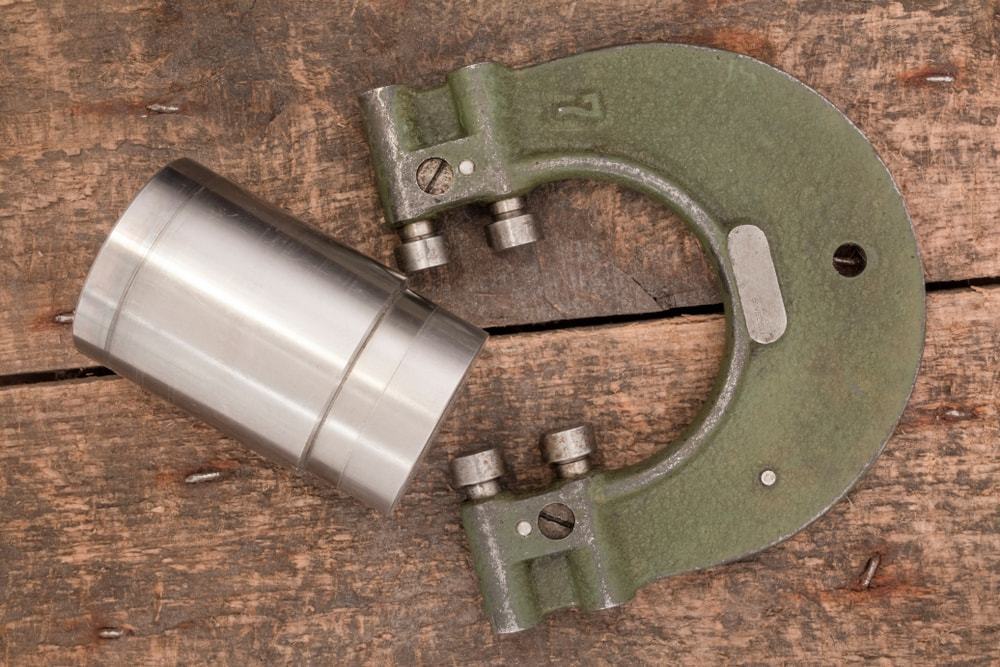
For many years, in fact, since the inception of industrial manufacturing, regular inspection of components has been carried out just to ensure that the parts or components involved in a manufacturing process meet the standard industrial specifications. This specific need has led to the innovation and regulation of quality control tools such as plug gages.
These gauges are amongst the simplest industrial types of equipment that are accessible for ensuring adherence to specifications. For years, they have been an integral part of maintaining tolerances across several end-user applications. They are commonly used in the inspection of product lines due to their ease of use. The following consecutive paragraph will enlighten you with a few specifications that revolve around plug gauges.
Quick Specifications Of Plug Gages
- They are used to inspect holes or slots (pass/fail).
- Also used as setting micrometers, verniers, and calipers.
- They are durable and use precision gauge pins for overall production gauging.
- They are physically hardened and cold-stabilized.
- The gauge diameter is electro-etched on each pin.
- Precision lapped to a 10-microinch surface finish with ends ground square.
- Every gage is 2″ long.
- Available on specifications like P (Plus) or M (Minus) tolerance when ordering.
- Standard tolerances for production gages are +.0002/-.0000 (Plus) and +.0000/-.0002 (Minus), also known as Class ZZ.
- GO gages have a Plus tolerance and NO-GO gages have a Minus tolerance.
These gauges ascertain whether a part should be accepted or rejected in a quick and relatively precise manner. They are primarily preferred for their easy working principle as it is not rocket science to handle or install these tools. This is the main advantage of these tools over other conventional pieces of equipment.
Advantages Of Using Plug Gages
- Unlike other precision instruments, these gauges are economical and do not require a heavy investment.
- Any person can be easily trained in using these tools because they are very easy to use.
- It does not require a long set-up time and can be installed in a matter of minutes by inspection personnel.
- These gauges do not require electricity or energy to operate, and thus the task can be carried out with minimum resources.
- Reduces dependency on costly inspection tools and other industrial equipment.
- Highly accurate and provides good results during the testing process.
- Used with holes of different dimensional specifications.
- Be it a small miniature hole or a hole with large dimensions, these tools can be used in different applications.
The plug gages are generally addressed as GO/NO-GO gauges. They are typically utilized to check if the cut in a hole of a component is precise, clean, and dimensionally accurate. These gauges are one of the most cost-effective inspection tools a person can invest in.
What Is The Material Used To Produce Plug Gauges?
Generally, gauges are produced using an industrial material called tungsten carbide. This particular material is an extremely strong chemical compound that has the potential to withstand heavy pressure and undesirable conditions. Tungsten carbide is mainly used in valve trim manufacturing. A valve trim is a smooth mechanism that routes the flow of a fluid in a system.
